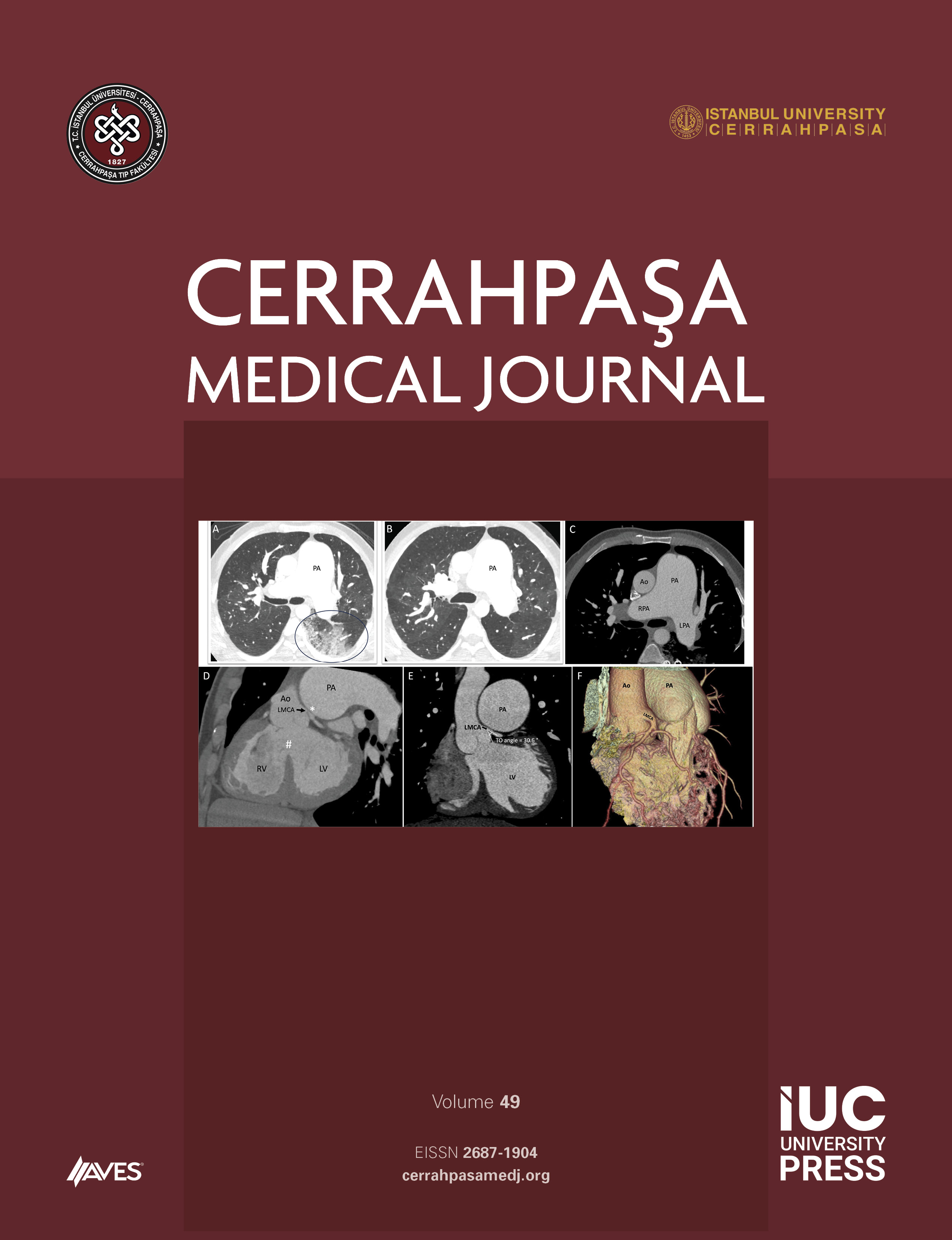Background and Design.- Ovarian cancer is the most common cause of death among all gynecologic malignancies. Genetic alterations important in ovarian tumorigenesis have been identified recently. Ovarian tumors are the end result of a complex pathway involving multiple oncogenes and tumor suppressor genes. The aim of this study was to investigate the value of nm 23, bcl-2 and c-erbB-2 expressions in epithelial ovarian tumors. We studied 102 patients with benign, borderline and malignant epithelial ovarian tumor. Immunohistochemical analysis was performed on formalin-fixed paraffin-embedded specimens. The expression of nm 23, bcl-2 and c-erbB-2 gene products were investigated immunohistochemically in ovarian carcinomas, borderline and malignant neoplasms.
Results.- Significantly more immunoreactivity with bcl-2 protein was present in benign tumors compared to borderline and malignant tumors (p<0.05). bcl-2 expression rate of benign tumors was 97% versus 30% for malignant tumors. In addition; the expression of bcl-2 was lower in mucinous tumors compared to the other types. However, the expression of nm 23 and c-erbB-2 were higher in the borderline and the malignant tumors than in the benign tumors. Also more advanced ovarian carcinomas expressed significantly high levels of c-erbB-2 when compared to the other malignant tumors. There was no correlation between metastatic status of ovarian carcinoma and nm 23 expressions.
Conclusion.- The results suggest that expression of nm 23 and c-erbB-2 are important in ovarian carcinogenesis and tumor progression. In addition; this study indicates an inhibitory role of bcl-2 in development and progression of ovarian tumors.



